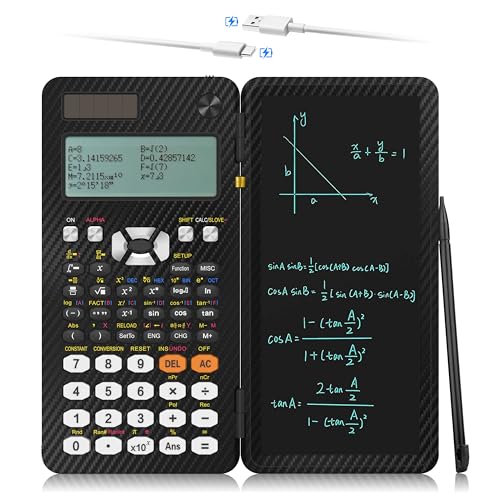There is a lot of great discussion in this thread. I'll try to address all of it in one post to help reduce clutter.
Hi
@Byk!
Yes, our practice exam was written intentionally with lots of "gotchas". A lot of practice exams available are very similar and only offer a slight variety of problems. In my experience this can lead to a false sense of confidence.
Our practice exam (
Electrical Engineering PE Practice Exam and Technical Study Guide) was made to serve first as a learning tool. A lot of feedback I've received over the years is that practice exams are helpful to learn how to solve specific problems from specific topics, but left engineers vulnerable to not being able to solve every type of problem like it, and from a variety of different perspectives and possible "gotchas", similar to the tougher questions you'll see on the PE exam.
The problems in our practice exam are intended to be challenging in order to expose any blind spots, with extremely detailed explanations to help fill in any gaps in your understanding regardless of what they may be. Blindspots being defined as gaps in your knowledge that you don't yet know that you have. For the PE exam, blindspots are extremely dangerous.
You'll generally find that once you take the time to work through each problem and solution in our practice exam, your overall scores in other practice exams will dramatically increase. Each problem is designed to help you solve
every problem in that specific topic.
With this practice exam out of the way, future practice exams we publish will be simpler and designed to serve as more of a benchmark tool than a learning and competency tool.
I enjoy reading your thought process, these are the types of blindspots that the practice exam hopes to bring to light and address.
Have you worked through the per unit article on our website yet?
It clears up just about every aspect of the per unit system. It's a long article but just like the questions in the practice exam, it will help you solve just about every per unit problem you can expect to face. Here's a link:
Per Unit Example – How To, Tips, Tricks, and What to Watch Out for on the Electrical PE Exam
Problem #3 - Yes, unlike thyristors (SCR) that can only be controlled when they turn "on" (close), IGBTs can be controlled both when they turn "on" (close) and when they turn "off" (open).
For thyristors (SCR), your upper and lower limits should be the firing angle when the gate pulse starts (the thyristor will close) - and the when the voltage across it reaches zero (the thyristor will open).
For IGBTs, your upper and lower limits should be the firing angle when the gate pulse starts (the IGBT will close) and the firing angle when the gate pulse stops (the IGBT will open).
Problem #6 - Curves depend on the type of relay or breaker. For example, consider the different curves for various CO relays from page 8 to 14 on this
ABB paper.
Problem #6 asks for the change in trip characteristics after the time delay setting has been changed to be more inverse
compared to the previous setting with no change to the pick up.
In general, as the time delay for the TCC trip characteristic for a device is increased to be more time inverse with an increase in time dial setting, the breaker will take longer to operate for the same level of fault current. The more time inverse, the longer the time the breaker or device will take to operate. This is the purpose of time delay.
Glad to hear it, this was the intent behind our practice exam - to be much more useful for increasing your overall exam score in all areas compared to just being another practice exam to add to the pile to work through.
We receive a lot of feedback that you can find answers to a lot of the questions you are still left with after working through other practice exams by looking at the solution steps to similar questions in our practice exam.
Exactly.
It's great being able to solve the easier, quicker problems from most subjects. But what happens when variables are changed that carry extra nuance to how the problem must be set up to solve correctly that may not be obvious at first? If you can solve these problems, you can solve any problem.
I think I've spent enough time on this problem lol
























